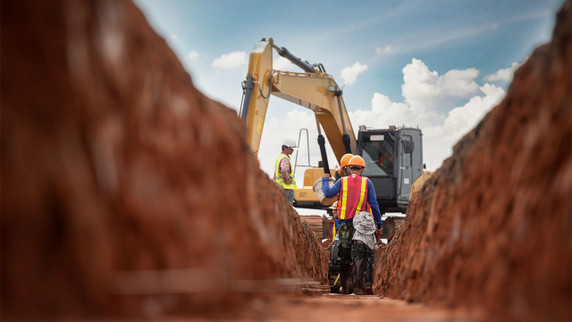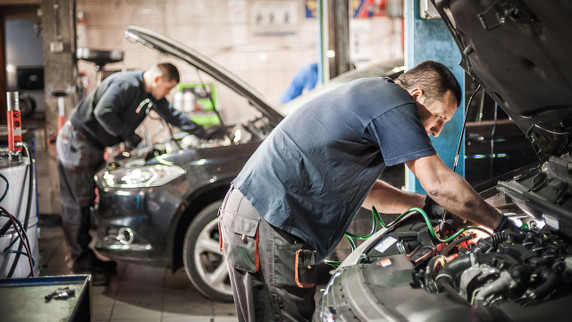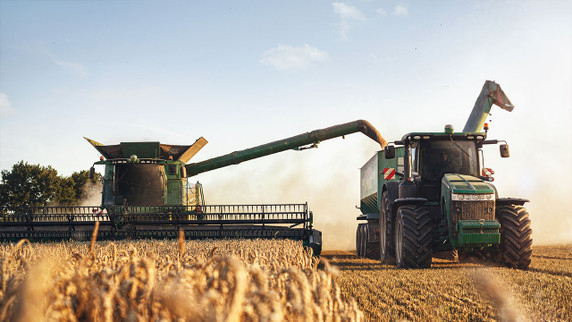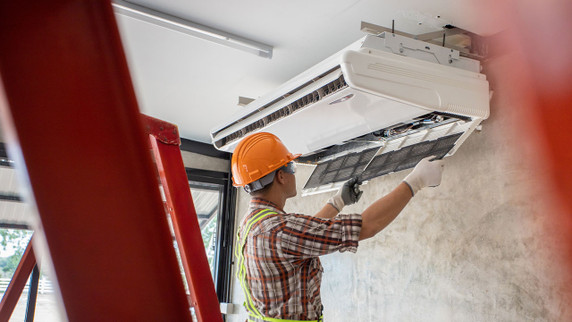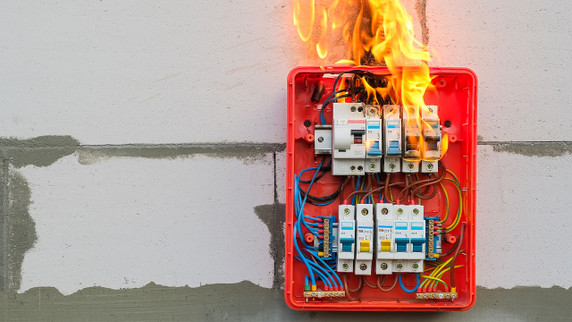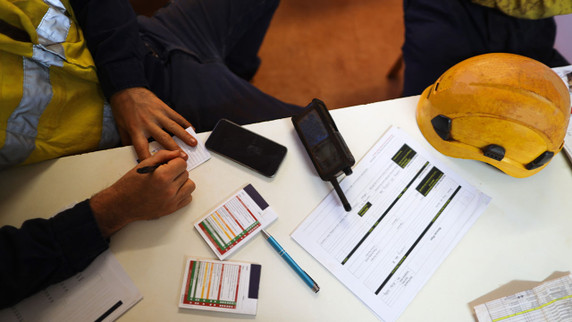Excavation work poses a multitude of dangers to workers. Some of the most common injuries stem from mobile plant incidents, contact with buried services, and being hit by moving objects, but other prevalent risks include:Being hit by falling objectsSlide or cave-insBeing trapped between stationary and moving objectsAddressing work-related injury is cru…
Think of the tools, machinery, and substances in a typical automotive workshop. The potential for accidents is all around, from heavy lifts and power tools to chemicals and fumes. That's why a proactive approach to safety is crucial. By understanding the risks and implementing the right safeguards, you can create a workshop where everyone works with c…
Farming can be rewarding and challenging, but whether it's considered a safe job depends on various factors. Working on Farms involves heavy machinery, animals, and sometimes hazardous chemicals. This can pose a range of risks to farmer's health and safety. However, with proper training, equipment, and safety protocols in place, the risks of farm work…
Air conditioning installation is complex and demands careful attention to safety. From pressurised components and refrigerants to electrical wiring and ductwork, there's plenty that can go wrong. This guide will help you navigate the installation process safely and effectively.What's Involved in AC Installation?Before we dive into the best practices, l…
Plant and equipment form the backbone of countless Australian industries. From heavy-duty machinery in mining and construction to specialised tools in manufacturing and agriculture, plant enable productivity and efficiency. However, when not managed effectively, plant poses significant risks to worker safety.This danger is highlighted by incidents such…
Worker fatalities in Australia have exhibited a notable decrease over the years. The fatality rate per worker has nearly halved from 2.98 in 2004 to 1.43 in 2022. Despite these advancements in enhancing work health and safety standards, it is crucial to note that every work-related fatality is a tragedy. The ongoing need for continued efforts to ensure…
Prevalence of Workplace Incidents in AustraliaInjuries in the workplace are a leading cause of fatalities and injury in Australia. While workplace accidents can happen in any industry, specific sectors are reported to have more casualties than others. According to Safe Work Australia's data, the transport, postal, and warehousing industries had th…
Organisations in high-risk sectors such as oil, construction, and manufacturing or within global supply chains are under growing pressure to prioritise occupational health and safety. ISO 45001 certification provides a framework for organisations to implement an effective safety management system (SMS) from legal adherence to cultivating a culture of o…
Nothing beats the reliability of a Safe Work Method Statement (SWMS) when ensuring workplace safety during high-risk work activities. It outlines the risks associated with a specific task and provides steps to carry out the work safely. It also serves as a record of workers' consultation and helps identify potential hazards in advance.However, creating…
Fatigued employees in the workplace are more than just a productivity concern; they represent a significant financial burden. In the United States alone, the estimated cost of fatigue-related issues surpasses $18 billion annually. Beyond the financial impact, exhausted workers also pose considerable safety risks to themselves and their colleagues.…
Workers in the manufacturing industry are exposed to hazards such as body stress, falls, slips, trips, manual handling, musculoskeletal disorders, and working with dangerous machinery and equipment. Fatalities in the manufacturing sector are often caused by vehicle incidents, being hit by moving objects, and long-term contact with chemicals. To address…
Australia has banned the use, supply, and manufacture of engineered stone due to the release of fine silica dust that can cause deadly diseases and cancers when cut. State and federal workplace ministers have decided, upon a recommendation from Australia's workplace safety watchdog, Safe Work Australia, to ban the use of all engineered stone. This…

